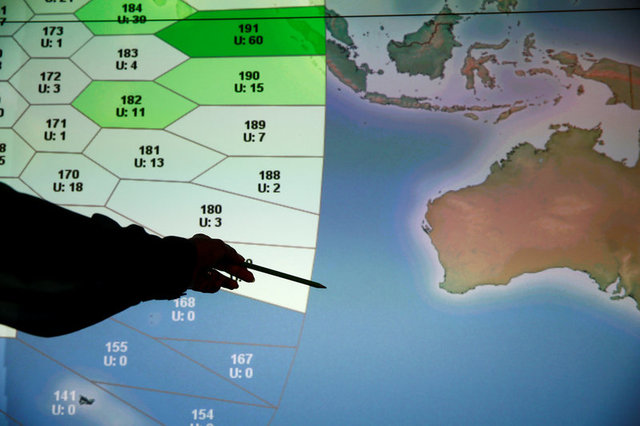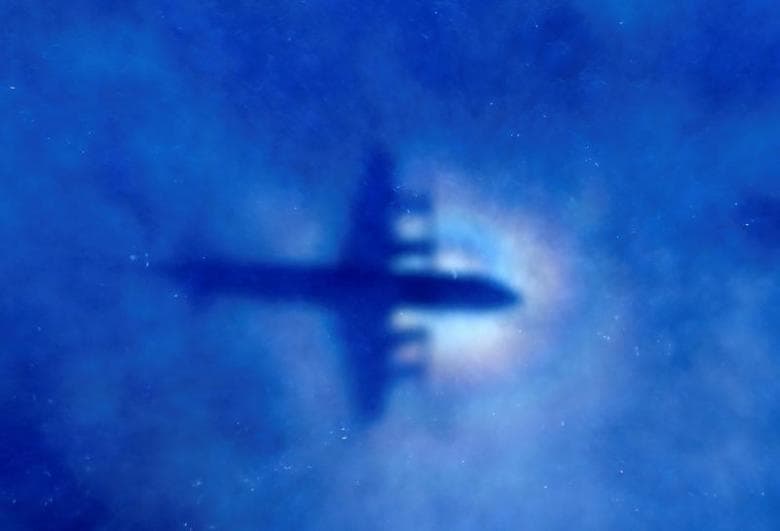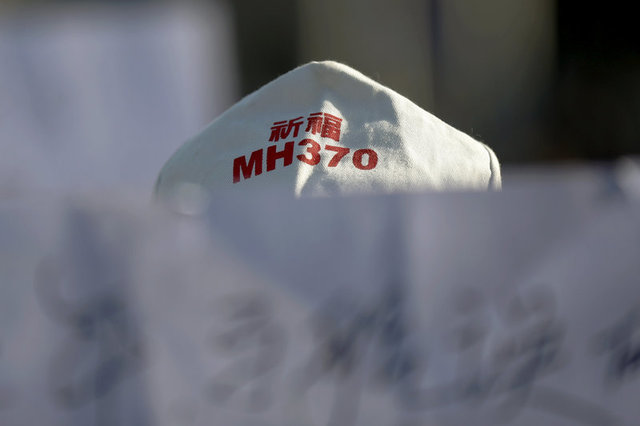Australian searchers say fruitless end is “unacceptable” in final report on MH370 mystery
 A member of staff at satellite communications company Inmarsat poses in front of a section of the screen showing the southern Indian Ocean to the west of Australia, at their headquarters in London March 25, 2014. (Photo: Reuters/ File Photo)
A member of staff at satellite communications company Inmarsat poses in front of a section of the screen showing the southern Indian Ocean to the west of Australia, at their headquarters in London March 25, 2014. (Photo: Reuters/ File Photo) Australian authorities say they deeply regret not finding missing Malaysia Airlines Flight MH370 and the ongoing mystery is “unacceptable,” in their final report on the unsuccessful search which was published today.
“The reasons for the loss of MH370 cannot be established with certainty until the aircraft is found,” the Australian Transport Safety Bureau (ATSB) said in the report.
“It is almost inconceivable and certainly societally unacceptable in the modern aviation era…for a large commercial aircraft to be missing and for the world not to know with certainty what became of the aircraft and those on board.”
The disappearance of the Boeing 777 on March 8, 2014, with 239 people on board, on a flight to Beijing from the Malaysian capital of Kuala Lumpur, has become one of the world’s greatest aviation mysteries.

The shadow of a Royal New Zealand Air Force (RNZAF) P3 Orion maritime search aircraft can be seen on low-level clouds as it flies over the southern Indian Ocean looking for missing Malaysian Airlines flight MH370 March 31, 2014. (Photo: Reuters/ File Photo)
It is thought to have been diverted thousands of miles off course out over the southern Indian Ocean before crashing off the coast of Western Australia.
Australia, which led the underwater hunt, and Malaysia and China called off a $200 million search for the plane in January after finding nothing, despite the protests of families of those onboard.
Australia‘s main scientific agency said in August it believes with “unprecedented precision and certainty” that the plane crashed northeast of the search zone.
But those findings were dismissed by Australia‘s government at the time as not specific enough, and the search has not been re-opened. Doing so depends on finding credible, new evidence about the plane’s whereabouts.

A family member of a passenger onboard Malaysia Airlines flight MH370 which went missing in 2014 holds a banner during a gathering in front of the Malaysian Embassy on the second anniversary of the disappearance of MH370, in Beijing, China, March 8, 2016. (Photo: Reuters/ File Photo)
The ATSB report published today detailed the unsuccessful 1,046-day hunt for the plane, above and below the surface of the Indian Ocean, and scientific analyses of satellite pictures, sea currents and even barnacles found clinging to a piece of the plane found on Reunion Island.
“The understanding of where MH370 may be located is better now than it has ever been. The underwater search has eliminated most of the high probability areas,” the ATSB said.
“We…deeply regret that we have not been able to locate the aircraft, nor those 239 souls on board that remain missing.”
It recommends aircraft and aircraft equipment manufacturers investigate providing better methods of automated satellite tracking for planes if they encounter problems during flight in future.
Malaysia has continued to investigate the plane’s whereabouts and in August said it received an offer from a private seabed exploration firm, Ocean Infinity, to resume the search.
Reuters



